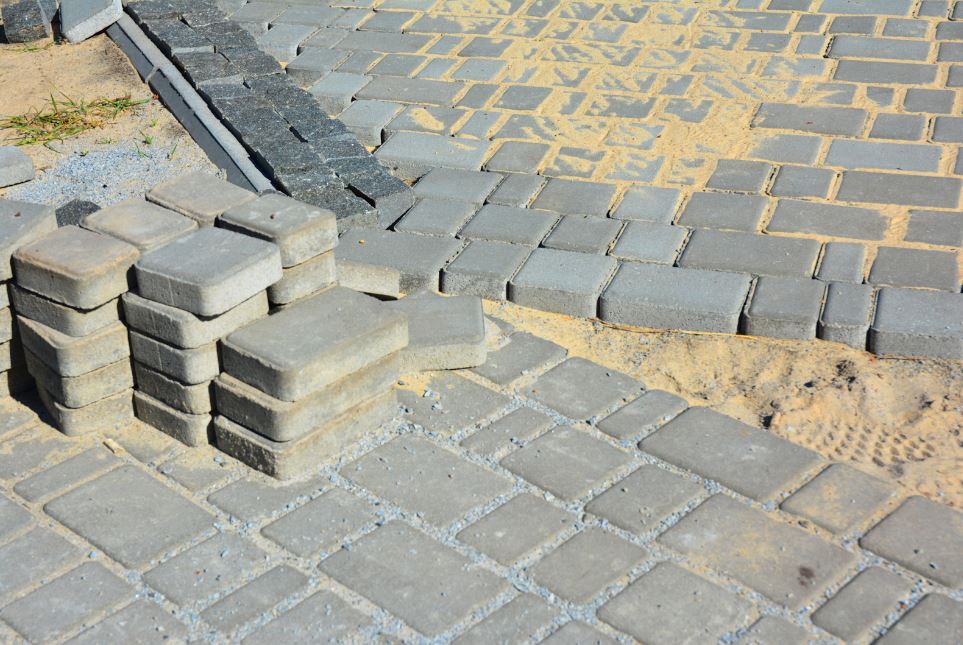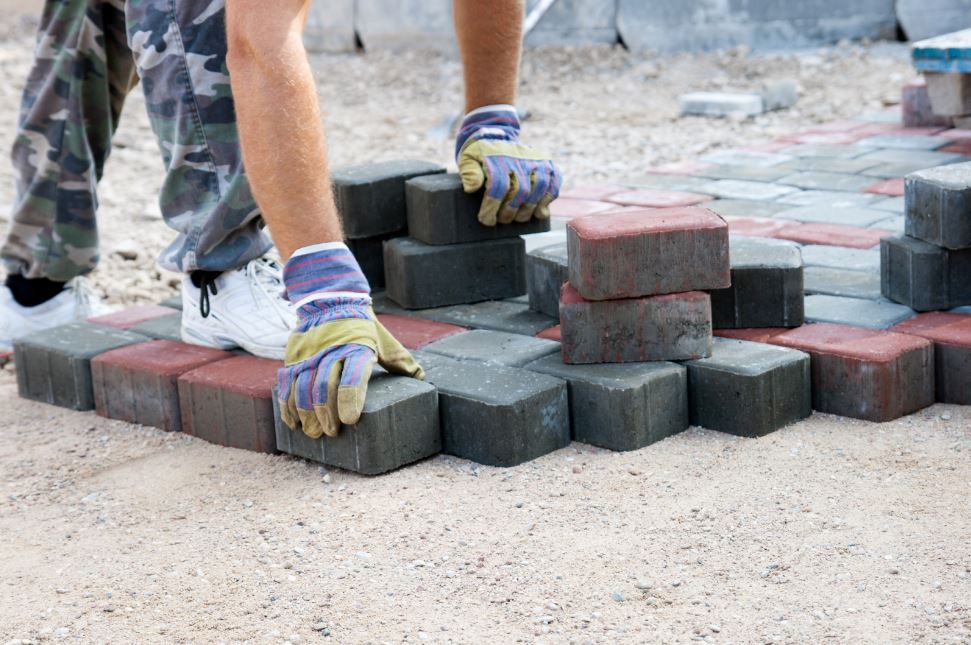Paver sealing applies a sealant to the surface of pavers, interlocking bricks, or stones commonly used for patios, walkways, and driveways. The sealant helps to protect the pavers from staining, discoloration, and erosion caused by water, oil, and other substances. It also helps to enhance the color and overall appearance of the pavers. If you are looking for paver sealing in Orlando or surrounding areas, contact us.
Benefits of Paver Sealing in Orlando
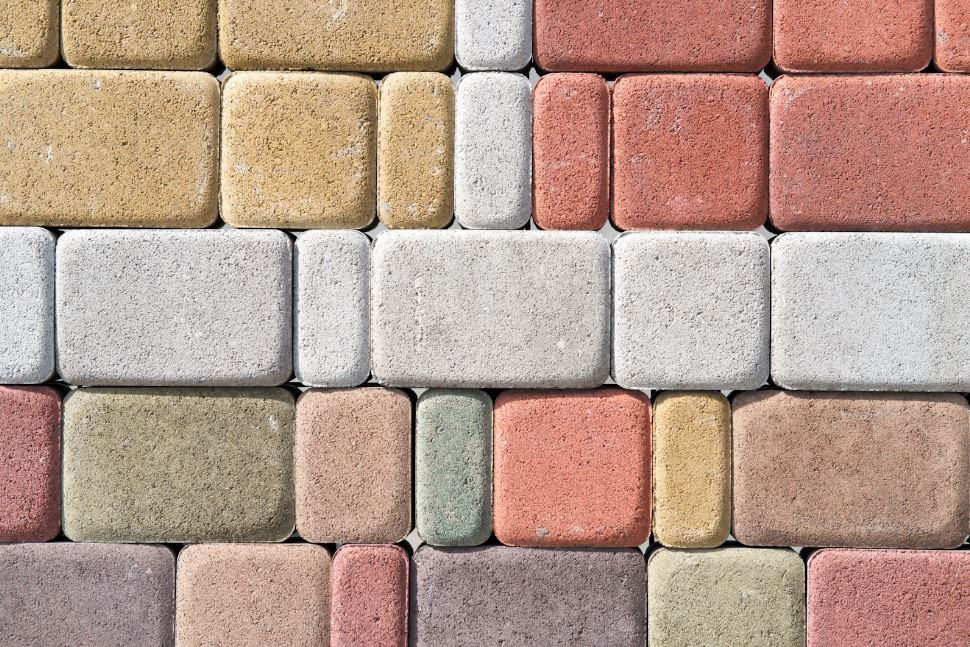
- Protection from stains and discoloration: Sealant forms a barrier that repels water and oil, preventing them from penetrating the surface of the pavers and causing stains or discoloration.
- Enhanced color and appearance: Sealant can improve the color and vibrancy of the pavers, making them look new again.
- Increased durability: Sealant helps to protect the pavers from erosion and wear, making them more durable and long-lasting.
- Improved slip resistance: Sealant can improve the slip resistance of the pavers, making them safer to walk on.
- Easy maintenance: Pavers that have been sealed are easier to clean and maintain than those that have not.
It is important to note that not all sealants are created equal and that using a high-quality sealant designed for pavers is essential. Additionally, it is best to have professional seal pavers, as it requires specific equipment and experience to apply the sealant properly.
What Types of Sealer Work Best for Different Paving Materials
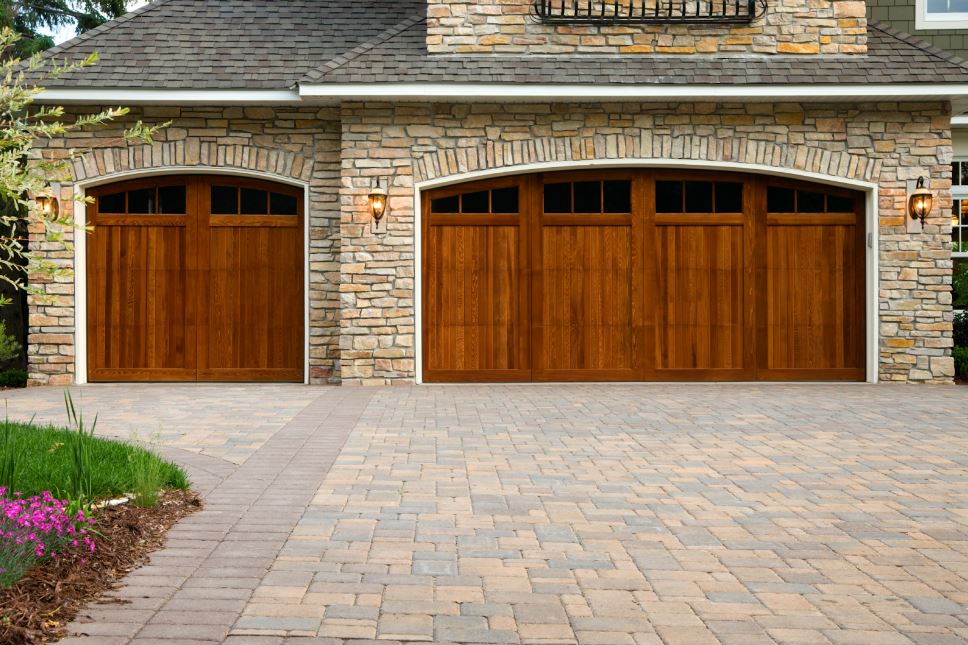
Several types of sealers can be used on different paving materials, each with its benefits and drawbacks. Some of the most common types of sealers include:
Acrylic sealers: These are the most common type of sealer and are suitable for most pavers, including concrete, brick, and stone. Acrylic sealers are easy to apply, dry quickly, and provide a glossy finish. They also offer good resistance to oil and water but may not be as durable as other sealers.
Epoxy sealers are more durable than acrylic sealers and suitable for high-traffic areas. Epoxy sealers provide a glossy finish and are resistant to oil and water. They are also more resistant to hot tire pickup. However, they are more challenging to apply than acrylic sealers and require more surface preparation.
Penetrating sealers: These types of sealers are designed to penetrate deep into the surface of the pavers and provide long-lasting protection. They are suitable for natural stone pavers, such as flagstone, granite, and limestone. They are also resistant to oil and water but do not change the color of the pavers, provide a glossy finish, or enhance the color of the pavers.
Solvent-based sealers are suitable for concrete and brick pavers; they are more durable than water-based sealers and provide a glossy finish. They are also resistant to oil and water but have a strong smell and can be flammable.
It’s also important to mention that for specific pavers like clay pavers and colored/stamped concrete pavers, it is best to use a sealer specifically designed for those types of pavers to ensure compatibility and avoid discoloration or damage.
The best type of sealer to use depends on your kind of pavers and the level of protection and durability required. Therefore, it’s always a good idea to consult a professional or the pavers manufacturer to determine the best sealer for your specific paving material.
When Is the Best Time to Apply Sealer
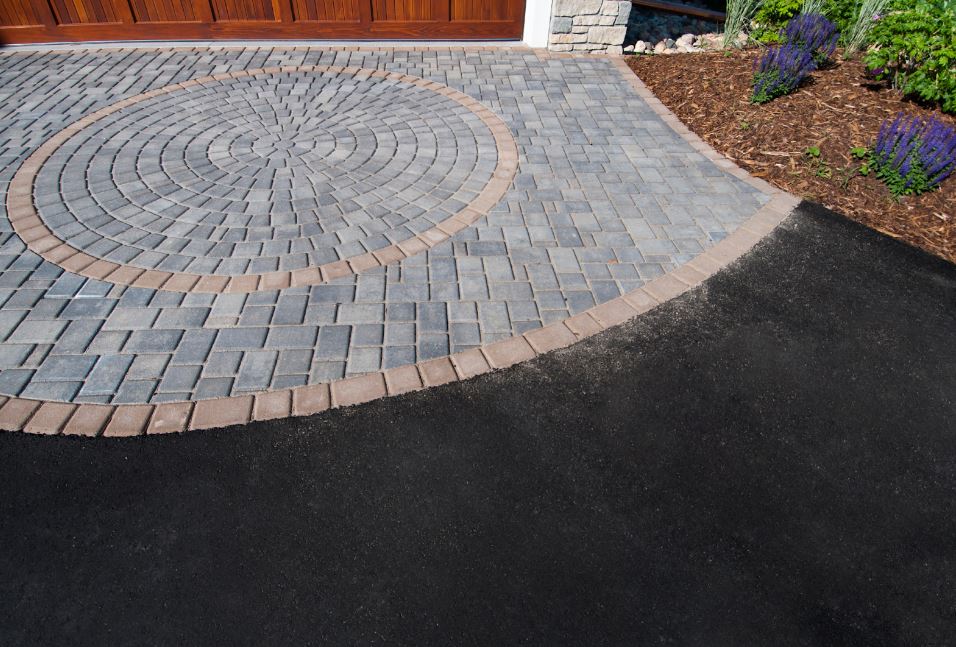
The best time to apply a sealer to pavers depends on a few factors, such as the weather and the condition. It is generally best to apply sealer when the pavers are dry, and the weather is mild and sunny. This is because the sealer needs to be applied to a dry surface and needs time to dry before it can be exposed to water or heavy traffic.
Weather: The ideal temperature range for applying sealer is between 50 and 90 degrees Fahrenheit. Sealer should not be applied when the temperature is too hot, as it can dry too quickly, causing bubbles or a gray finish. It should also only be used when it’s warm, as the sealer will not dry properly and may be more prone to cracking.
Paver condition: Pavers should be clean and free of any dirt, grime, or stains before applying the sealer. If the pavers have been recently installed, it’s best to wait at least 60 days before applying sealer to allow for proper curing.
The time of year: Spring or fall are considered the best time to seal pavers, as the mild temperatures and lower humidity levels make it easier for the sealer to dry and cure properly.
It’s important to note that the sealer must be applied when the pavers are dry and not in direct sunlight. Otherwise, it will dry too quickly and not be able to penetrate the pavers properly. If the pavers are constantly exposed to water or high humidity, it’s best to wait for a dry day to apply the sealer.
Also, remember that some sealers require multiple coats and a certain amount of time between coats, so it’s essential to follow the manufacturer’s instructions when applying the sealer.
How to Prepare Your Pavers Before Applying Sealant
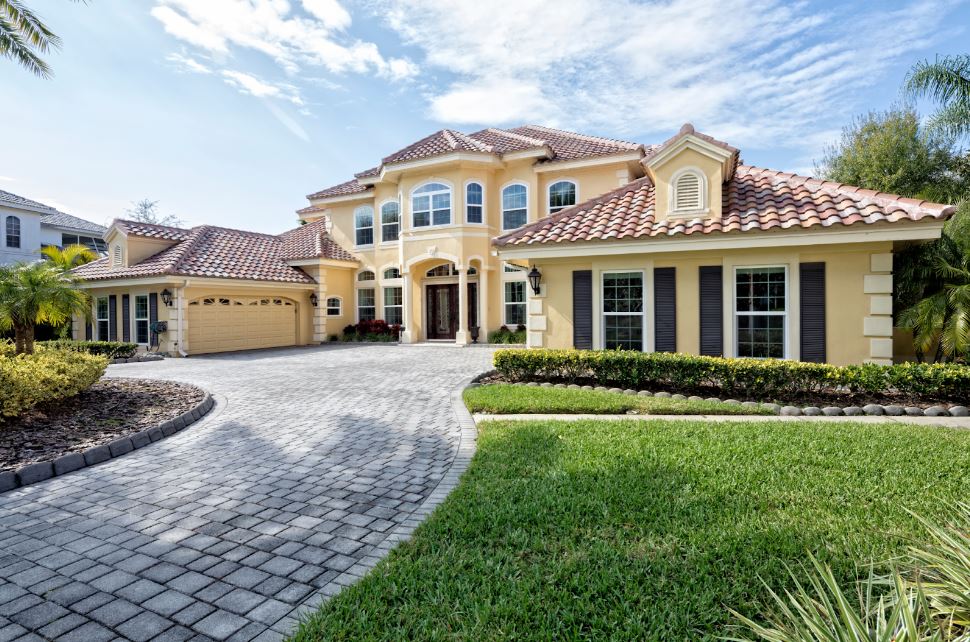
Proper preparation of pavers is crucial for ensuring that the sealant is applied correctly and provides the desired level of protection. Here are some steps to take when preparing pavers for sealing:
Clean the pavers: Sweep or blow off any loose debris and dirt from the pavers. Use a pressure washer or a cleaning solution designed for pavers to remove any grime, stains, or moss. It’s essential to make sure the pavers are completely dry before sealing.
Repair any damage:
- Inspect the pavers for cracks, chips, or other damage.
- Use a paver repair kit to fill in gaps and chips and level any uneven pavers.
- Allow the repair materials to dry completely before proceeding.
Remove any previous sealers: If the pavers have been sealed before, you will need to remove any earlier sealers before applying a new one. You can use a paver sealer stripper to remove the old sealer or a pressure washer with a high-pressure nozzle.
Test the pavers: Before applying the sealer, it’s a good idea to make a test application on a small area of the pavers to see how the sealer will react. This will allow you to check for compatibility and make any necessary adjustments.
Tape off any areas: Tape off any areas you don’t want to be sealed, such as a pool or plants and flowers.
Get the necessary equipment: Make sure you have all the required equipment, such as a roller or brush, a tray, and masking tape, before applying the sealer.
Follow the manufacturer’s instructions: Make sure to read and follow the manufacturer’s instructions on the sealer you have chosen, as different sealers have different application procedures.
Tips on Applying the Sealant Properly
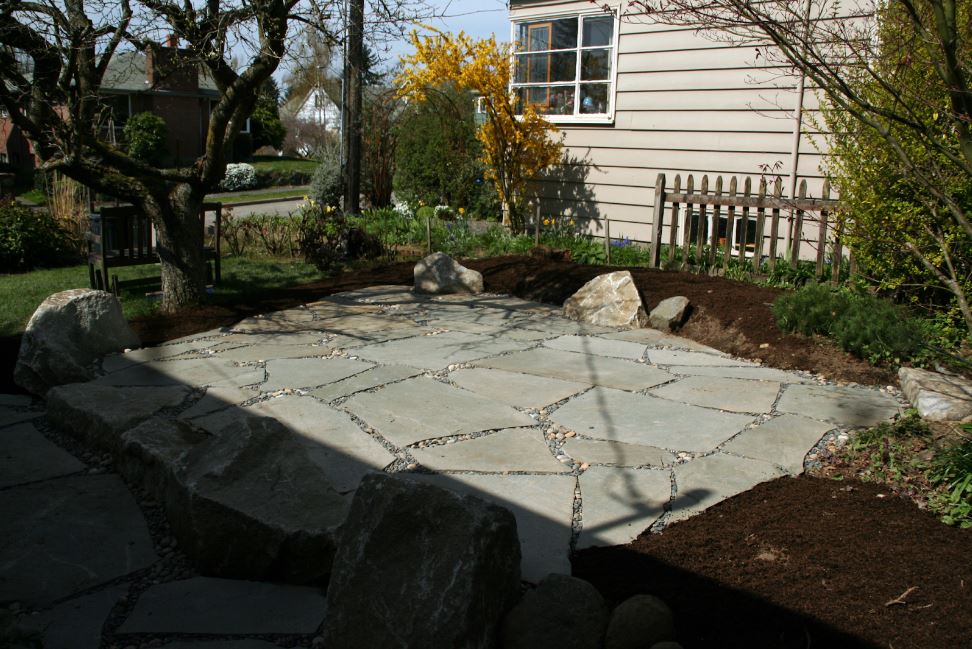
Applying sealant to pavers is a relatively simple process, but it’s essential to do it correctly to achieve the desired results. Here are some tips for applying sealant correctly:
Choose the suitable sealer: Make sure to choose a sealer specifically designed for the type of pavers you have. Some sealers are unsuitable for specific pavers and can cause discoloration or damage.
Test the sealer: Before applying the sealer to the entire surface, make a test application on a small, inconspicuous area to ensure that the sealer is compatible with your pavers and that you are satisfied with the finish.
Prepare the surface: Make sure the pavers are clean, dry, and free of dirt, grime, or stains before applying the sealer. Use a pressure washer or a cleaning solution designed for pavers to remove any grime, stains, or moss.
Protect surrounding areas: Use masking tape to protect any sites you don’t want to be sealed, such as a pool, plants, or flowers.
Read the manufacturer’s instructions: Be sure to read and follow the manufacturer’s instructions for the sealer you have chosen, as different sealers have different application procedures.
Apply the sealer: Use a roller or brush to apply the sealer to the pavers, working in small sections simultaneously. Make sure to apply the sealer evenly and pay special attention to the edges and corners of the pavers.
Overlap brush strokes: Make sure to overlap your brush strokes to avoid any missed spots or thin coverage.
Allow the sealer to dry: Allow the sealer to dry completely before walking or driving on the pavers. The drying time will depend on the type of sealer and the weather conditions, so be sure to check the manufacturer’s instructions for specific drying times.
Re-apply if necessary: Depending on the type of sealer and the condition of the pavers, it may be required to re-apply the sealer every 2-5 years.
Maintenance Required After Sealing Your Pavers
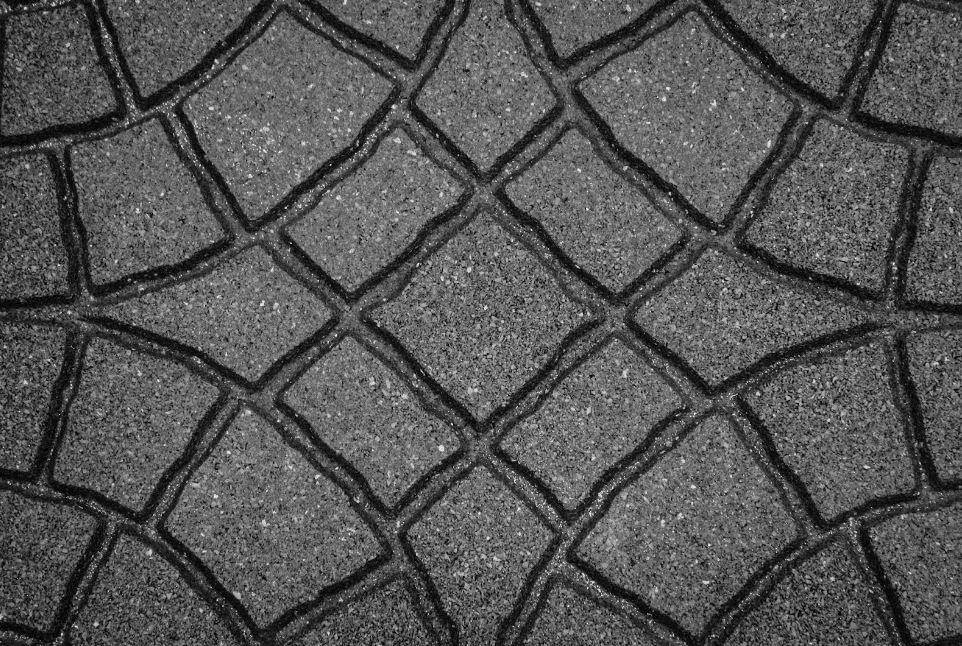
After sealing your pavers, you can take a few maintenance steps to ensure that they remain in good condition and that the sealant lasts as long as possible.
Keep the pavers clean: Regularly sweep or blow off any debris and dirt from the pavers. If necessary, use a pressure washer or a cleaning solution designed for pavers to remove any grime, stains, or moss.
Avoid harsh chemicals: Avoid using harsh chemicals, such as acid-based cleaners, on the pavers, as they can damage the sealant and cause discoloration.
Use a sealer protector: A sealer protector designed to enhance the sealant’s durability can help prolong the sealer’s life.
Watch for signs of wear: Inspect the pavers regularly for signs of wear or damage, such as cracks, chips, or stains. Repair any damage as soon as possible to prevent the sealant from being compromised.
Re-seal as needed: Depending on the type of sealer and the condition of the pavers, it may be necessary to apply the sealer every 2-5 years.
Avoid heavy use: Avoid heavy use on the pavers, such as using a power washer, for a few days after sealing to allow the sealer to cure properly.
Final Thoughts on Protecting Your Pavers with Paver Sealing
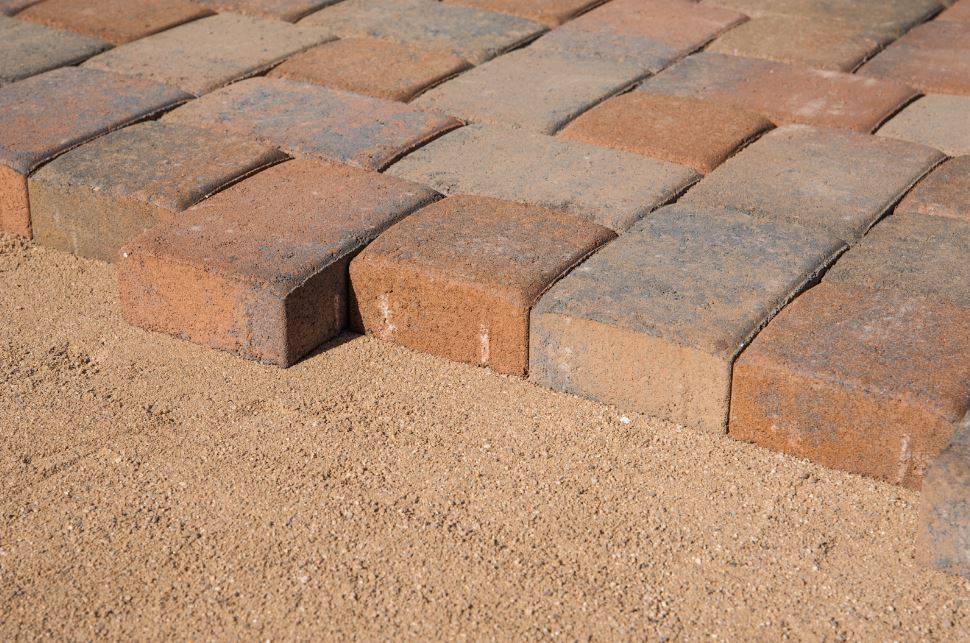
Paver sealing is an effective way to protect and enhance the appearance of your pavers. When done correctly, it can help to protect the pavers from staining, discoloration, and erosion caused by water, oil, and other substances. It can also enhance the color and overall appearance of the pavers.
However, choosing the right type of sealer for your specific type of pavers is essential as following the manufacturer’s instructions when applying the sealer. Proper preparation of the pavers is also crucial for ensuring that the sealer is applied correctly and provides the desired level of protection.
After sealing, regular maintenance is vital to ensure that the pavers remain in good condition and that the sealant lasts as long as possible. This includes keeping the pavers clean, avoiding harsh chemicals, using a sealer protector, watching for signs of wear, and re-sealing as needed.
Who to Call for a Premier Paver Sealing in Orlando: S&J Exterior Maintenance
At S&J Exterior Maintenance, we understand the importance of protecting your pavers and are passionate about providing premier services like paver sealing in Orlando to our customers. Our team of experienced professionals can help you choose the best sealers for your specific needs and ensure that they are applied correctly for optimal protection. Contact us today to learn more about our paver sealing services and to get started with protecting your pavers.



